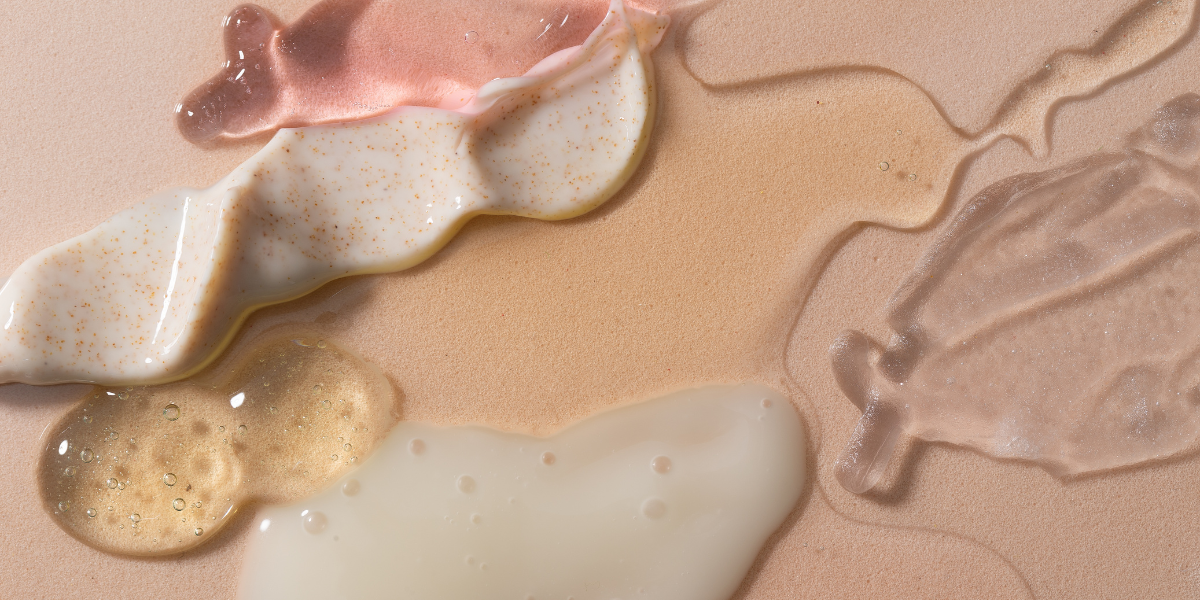A Guide to Healthy Skincare
In the age of the internet it seems like people will try just about anything to look their best, especially when it comes to skincare. Despite an...
.png?width=70&height=70&name=Stark_LogoMark%20(1).png)

Have you heard of PFAs? They might sound like a complex acronym from the tech industry, but they stand for something far more troubling — Per- and Polyfluoroalkyl Substances. PFAs have quietly crept into our daily lives, lurking in our homes, kitchens, and even our bodies. This article takes a comprehensive look at what PFAs are, the health repercussions, and actionable strategies for reducing your exposure.
At their core, PFAs are a group of synthetic chemicals renowned for their unique resistance to water, oil, and heat. This makes them incredibly valuable in the manufacturing of a vast array of products, from non-stick cookware to firefighting foams, food packaging, waterproof items, and athletic clothing. The PFA family is a vast one, with thousands of different chemicals, and they don't break down easily, which is why they're often called 'forever chemicals'. Unfortunately, their pervasiveness in everyday items has brought them to the forefront of health and environmental concerns.
We're exposed to PFAs everyday through food packaged in PFA-containing materials, water contaminated by industrial discharge, and even air, which can carry PFAs from consumer products and manufacturing plants. From that non-stick frying pan you adore to the takeout containers you stash in your cupboard, PFAs are omnipresent. Sweat-wicking and water-resistant clothing, personal care products, and stain-resistant carpets also contain PFAs.
PFAs' longevity in the environment is a product of their chemical structure, which doesn't degrade naturally. This persistence means they can accumulate over time, often ending up in soil, water bodies, and our bodies.
There's no doubt that PFAs are troubling substances when it comes to human health. Even at trace levels, PFAs have been linked to a variety of health issues, including developmental, liver, thyroid, and immune system problems.
Chronic exposure to low levels of PFAs can lead to a gradual negative impact on health. This could include an increased risk of obesity, as PFAs are believed to disrupt the body's hormone system, and have potential developmental effects, particularly in infants and young children.With more significant exposure, the risks magnify, potentially leading to increased cholesterol levels, changes in hormone levels, and even some cancers.
There's no 'off odor' or immediate physical reaction to PFAs, which makes them especially insidious. However, some signs of significant exposure include sudden changes in liver enzymes, immune function, and lipid profiles. These serve as important health markers that should prompt a deeper investigation into potential causes.
Thankfully, there are ways to cut down your PFA exposure, which, in turn, can help reduce the health risks associated with these chemicals. One of the most effective ways to reduce PFAs is to reconsider the cookware and utensils you use daily. Opt for stainless steel or cast iron cooking vessels instead of non-stick varieties, and avoid using PFA-lined parchment papers. The next time you shop, look for PFA-free alternatives in everything from cookware to your wardrobe. It might take a bit of extra effort, but being conscious of your choices can significantly reduce your overall exposure.
Other ways include utilizing high-quality water filters designed to remove PFAs. This is especially crucial if you live in an area where water pollution is a known issue or if you use well water, which might be at greater risk of contamination. Lastly, advocate for stricter controls and transparency in labeling so that you (and your community) can make informed decisions.
PFAs pose a significant, yet often unseen, threat to our health. The first step in protecting yourself and your loved ones is understanding where they lurk. By taking proactive steps to avoid products and environments where PFAs are likely to be present, you can drastically reduce your exposure. Remember that while PFAs might be 'forever' in the traditional sense, they don't have to be a permanent part of your lifestyle. Make changes today that lead to a healthier, PFA-free tomorrow.

In the age of the internet it seems like people will try just about anything to look their best, especially when it comes to skincare. Despite an...

From the mundane to the monumental, consumer choices reverberate throughout society, reflecting values and priorities. In the often-overlooked domain...

In the pursuit of optimal well-being, people are increasingly turning to holistic approaches that go beyond conventional medicine. One such method...